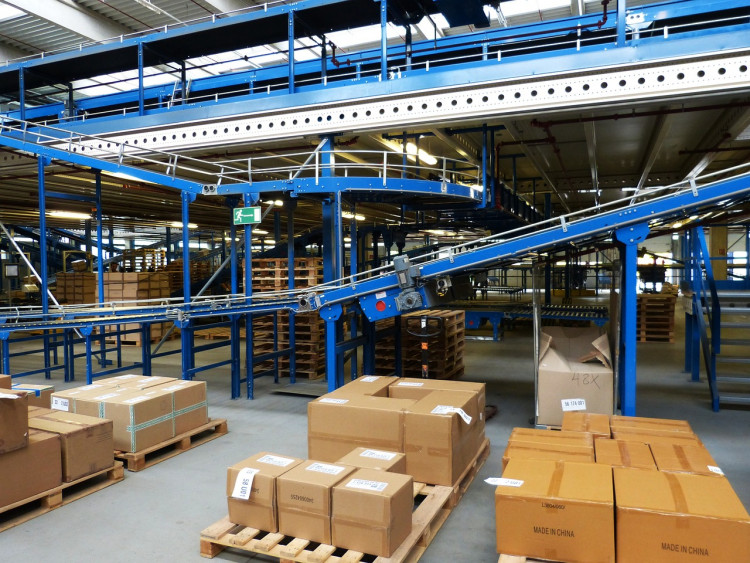China's logistics sector has carried about $37.5 trillion worth of goods in the first 11 months of 2018, according to the recent data released by the National Development and Reform Commission.
The number was an increase of 6.7 percent compared to the numbers in 2017 while logistics expenditures were at 11.9 trillion within the same period, an increase of 8.6 percent year on year according to NDRC.
The Logistics Performance Index was at 55.9 percent in November, a 1.4 percentage points increase from October.
NDRC said China's logistics sector has performed positively because of the steady growth of the country's economy which also grew by 6.7 percent in the first quarters of the year, exceeding the government's annual growth target of 6.5 percent.
Early in December, NDRC, together with China's Ministry of Transport, released a separate report that said the country is on track towards building 30 highly advanced logistic hubs by 2020 and 150 by 2025. The country is planning to construct six logistics hubs with different intended purposes such as for inland harbor, for cargo transport, for airport service, for trade, and for inland border port.
According to initial plans, the first logistics hubs are to be constructed in Shenzhen, Beijing Tianjin, Nanjing, Shanghai, Guangzhou, Zhengzhou, Foshan, Xi'an, and Fuzhuo. These hubs will be run by artificial intelligence which includes robots and automated vehicles. In the long run, these logistics hubs will be home to advance air, high-speed rail, cold-chain, and e-commerce, and cross-border delivery services.
In line with this, the country's biggest players in its tech industry have also gradually introduced robotic and automated logistics machines in their operations.
For instance, in November, JD.com launched an intelligent machine that can deliver goods up to 5 kilometers from its base. The machine, programmed with artificial intelligence, could only be operated after facial authentication of the designated customer.
The company initially deployed a fleet of 20 robots in its logistics base in Changsha, Hunan Province, Nikkei Asian review reported in early December. The fleet was consisting of four-wheeled robots equipped with cameras and sensors. The sensors allowed the machine to avoid traffic jam and obey road signals.
The delivery robots only allowed customers a limited time to retrieve their orders from the compartment. In the event that the client failed to do so, the robot will automatically leave and reschedule the delivery.
In September, JD.com has also launched its drone delivery system which transported hairy crabs in Shanghai.
Meanwhile, Alibaba Group Holding Chairman Jack Ma announced this year that the company has plans to invest $14.49 billion to automate its logistics department.






